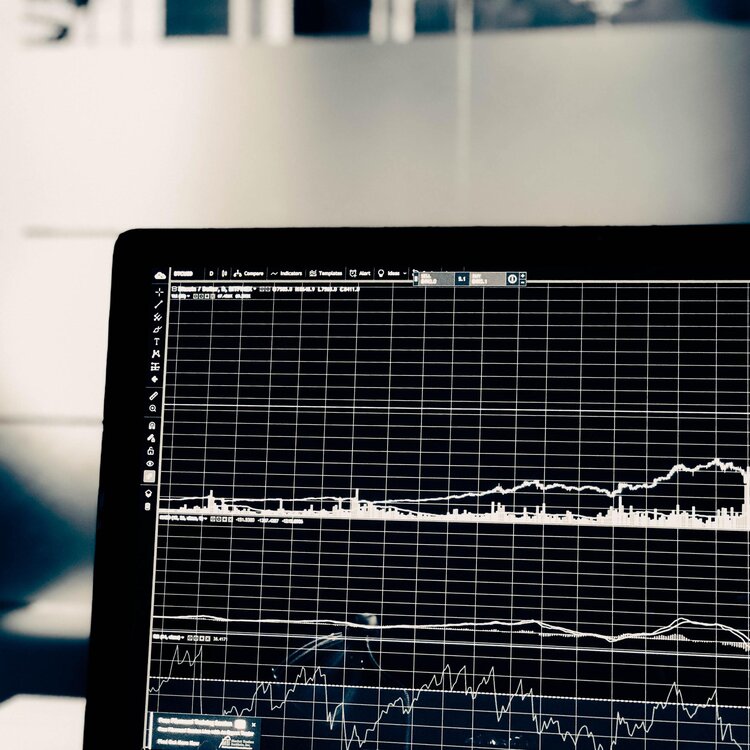FTA upgrade with China applauded in New Zealand
New Zealand’s politicians, business people and consumers are welcoming the signing of a protocol to upgrade a free trade agreement (FTA) between their country and China earlier this month.
On Saturday, New Zealand Prime Minister Jacinda Ardern told thousands of participants at the 2021 Chinese New Year Festival and Market Day event in Auckland that the signing of the FTA upgrade was a milestone for both countries.
This article was publised by Bigesnetwork.com (31/01/2021)



